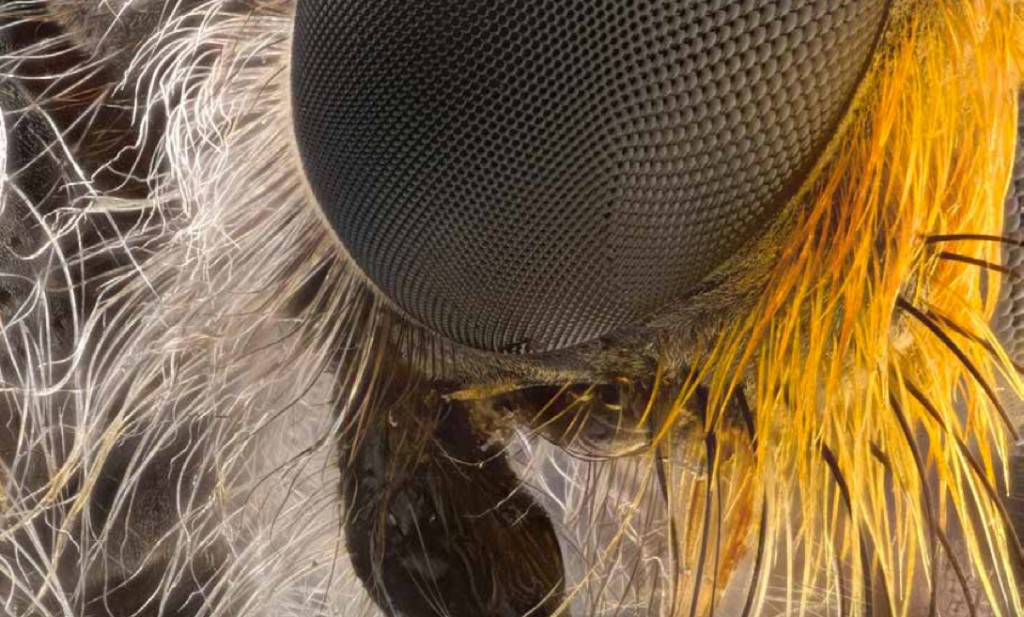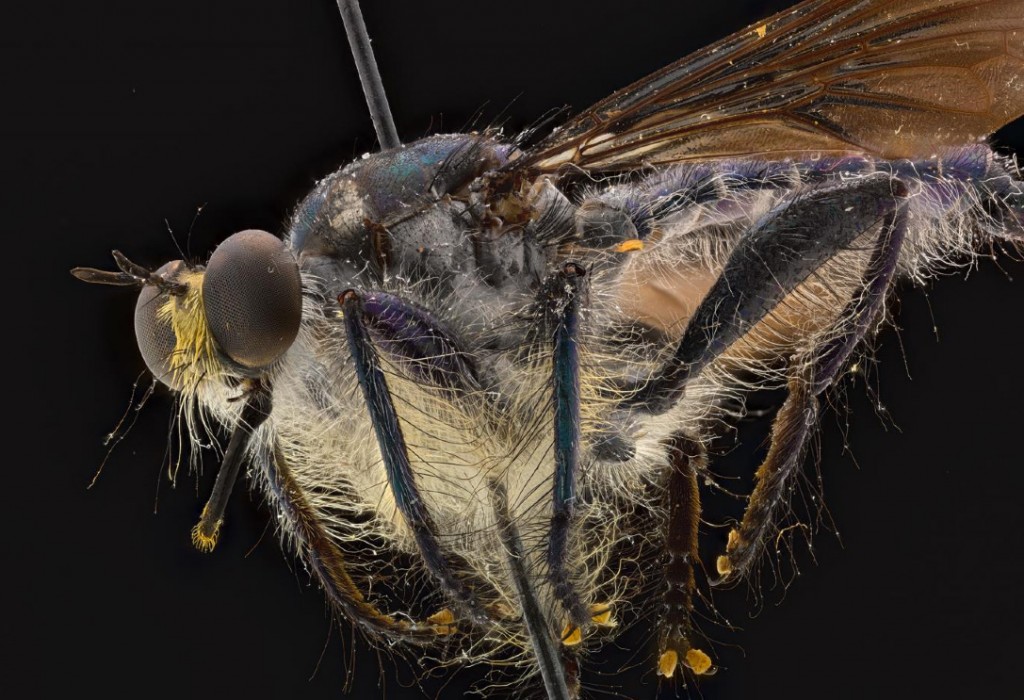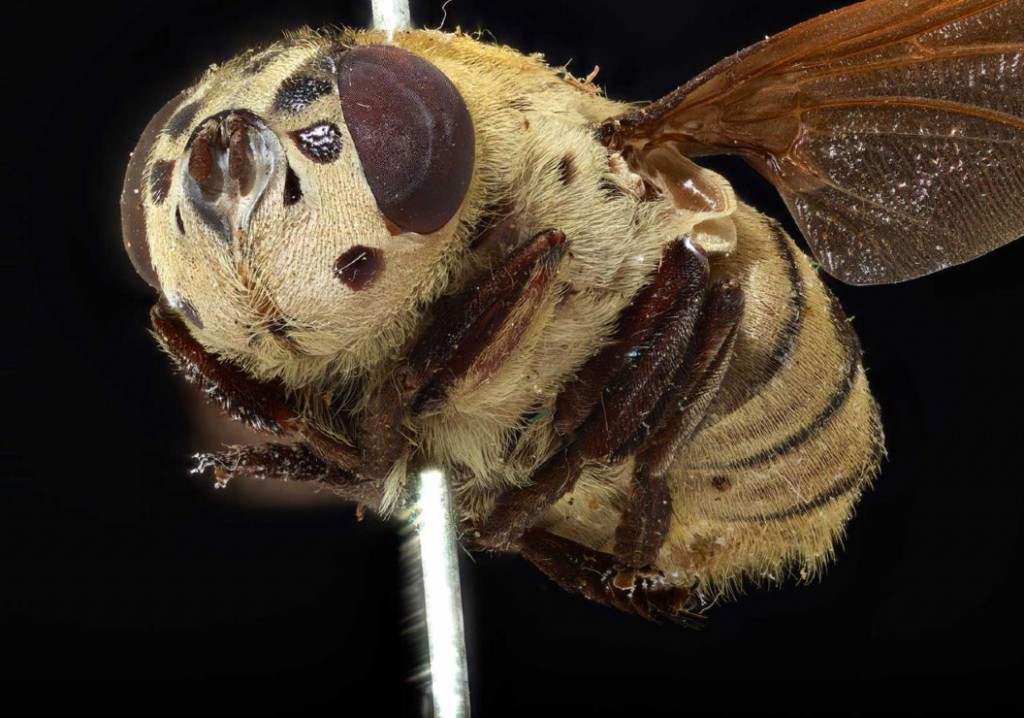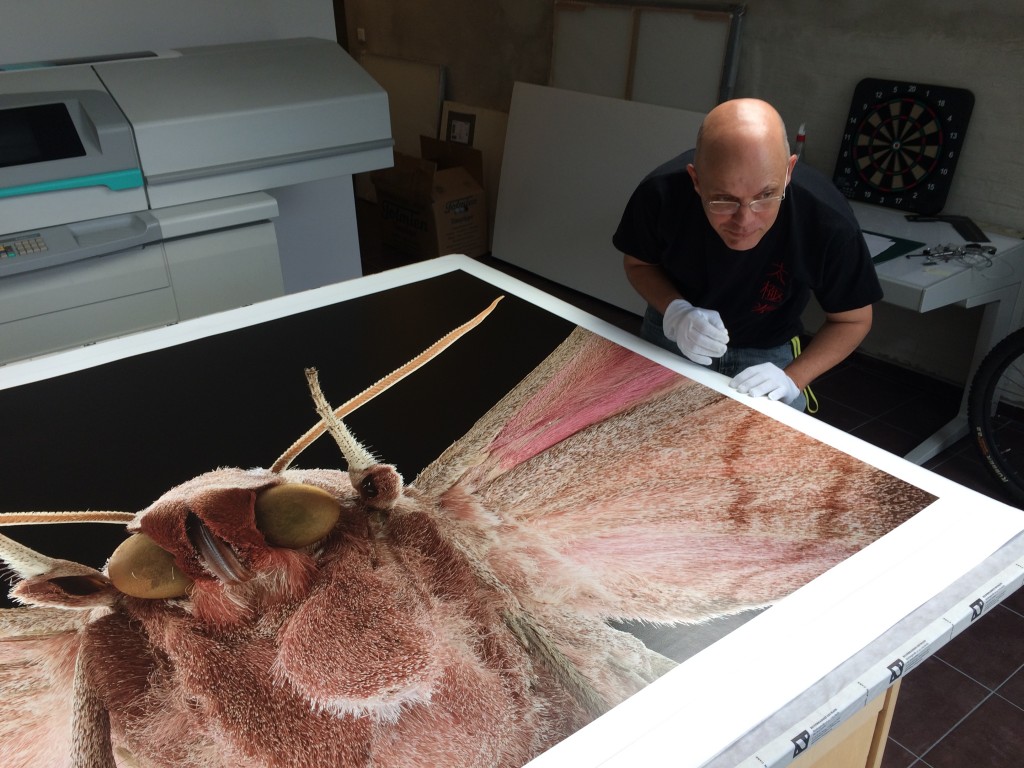뉴스
본문
MACRO PHOTOGRAPHY WITH ALPA
페이지 정보
작성자케이피유어스 작성일 19-04-02 11:29 조회 5,211회07.2017 - In macro photography, ALPA offers ways to surpass the results so far. The exclusive Rodenstock / ALPA lens Macro Switar 105 mm (with floating elements) allows you to display even the smallest parts of insect hair. The lens has just been produced in series and is now available from ALPA.
Photographer Bernhard Schurian extensively tested the Rodenstock / ALPA Macro Switar at the Museum für Naturkunde in Berlin in combination with the ALPA 12 FPS. In addition to the mass digitisation of the collection, he has portrayed particularly interesting and spectacular animals. To document their complexity, Bernhard Schurian needed equipment for macro photography and an optimal workflow.
Accurate to 0.1 micrometers
However, with the use of conventional camera systems and macro objectives, only a limited resolution could be achieved. Important details were not recognisable in the desired quality. In the knowledge, Ralph Rosenbauer, ALPA's scientific consultant, developed a special setup that goes beyond these possibilities and delivered unusually good results.
The requirements for this set-up quickly exceeded the previously known standards:
- On the one hand, the camera had to be movable, which required the highest precision. Every little bump would have affected the result. ALPA solved this problem with a motorised carriage which is normally used for optical experiments and lasers and allows steps of 0.1 micrometer each. This corresponds to 0.0001 millimeters. For comparison: A human hair measures between 0.02 and 0.08 millimeters. ALPA developed software specifically to control the carriage.
- In addition, the lens had to be able to resolve the fine structures of insects. A requirement that even the most powerful macro lenses meet only conditionally. The Rodenstock / ALPA Macro Switar 105 mm , on the other hand, offers an optimal resolution even at the aperture, and can be perfectly adapted to the respective imaging scales thanks to its "floating element". Its comparatively long focal length allows for a comfortable working distance and thus facilitates the light setup.
- The triggering of the shutter was another major challenge since vibrations had led to misalignment between individual images.
- The shells of many species of insects have extreme contrasts in the macro image, especially when black surfaces alternate with bright hair, bristles or iridescent spots.
- For a photograph to document the insects, more than 1000 individual shots are necessary. This enormous amount of data could hardly have been solved by a computer, so several of them were used simultaneously. For control, a Windows tablet served, to capture the images a laptop with CaptureOne



Setup for documentation at the Museum für Naturkunde in Berlin. © Ralph Rosenbauer
In addition to the above-mentioned design and the Rodenstock / ALPA Macro Switar 105 mm lens, various digital backs were used, with the IQ3 100 MP resulting in the best results due to the dynamics. As a camera, the ALPA 12 FPS was predestined for this task because its electronically controlled slit shutter and the absence of a back-flip mirror allow a vibration-free release.
In the end, the finished motifs had to be optimised. The dust, lint and the preparation needles of the insects were removed and the data were prepared for further processing. The end result makes it possible to look at insects as you have never seen them before with your own eyes: with clear sharpness, clear details and colours.







The results of the project - for the presentation on the Internet in strongly reduced resolution. © Bernhard Schurian
Impressed experts at Smithsonian
The setup of ALPA, the workflow and the photographs by Bernhard Schurian proved so convincing that he has already presented it to a specialist audience. In the USA, at the end of June, Bernhard Schurian gave a lecture at the Smithsonian Natural History Museum in Washington. It houses the world's largest insect collection with around 35 million specimens. "The audience at the Smithsonian consisted mainly of photographers and IT professionals," Schurian says. "The number of questions asked during the lecture shows that this solution is of great interest."
Another opportunity to study the project from a somewhat different perspective is from 21 July to On 9 September in Berlin, Bernhard Schurian will be present during these days as an artist at the exhibition "The Beauty of the Formula" at the Alte Schule Gallery in the Cultural Center Adlershof For the Museum of Natural History, some of which are displayed in the large format of 1.5 x 2 meters, to make the viewer even closer to a world that is otherwise hidden from the eye.
Follow the links and visit our website to learn more about this Project and the modular ALPA system. If you have any questions, ALPA of Switzerland (alpa@alpa.ch) and your ALPA dealer will be pleased to help you.
Links
Rodenstock / ALPA Macro Switar 5.6/105 mm
ALPA 12 FPS
Museum für Naturkunde Berlin
Galerie Alte Schule, Adlershof Berlin
댓글목록
등록된 댓글이 없습니다.
 kpyours
kpyours

